Paid, Owned, and Earned Media

In the STP-approach you selected the Segmentation of your audience, Targeting of your customer group and Positioning of your brand.
The output of your STP exercise helps you selecting the proper Marketing channels to provide the best matching solution for your target audience.
Publishing your message to your target audience is done via three media types. These three media types overlaps each other partly as shown in the diagram.
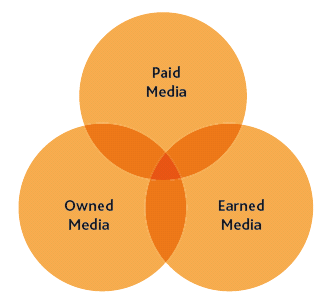
We can group communication options for interacting with customers into three categories.
- Paid media include TV, magazine and display ads, paid search, and sponsorships, all of which allow marketers to show their ad or brand for a fee.
- Owned media are communication channels marketers actually own, like a company or brand brochure, Web site, blog, Facebook page, or Twitter account.
- Earned media are streams in which consumers, the press, or other outsiders voluntarily communicate something about the brand via word of mouth, buzz, or viral marketing methods. The emergence of earned media has allowed some companies, such as Chipotle, to reduce paid media expenditure

What's the difference between Owned Media, Paid Media and Earned Media?
When it comes to lead generation, online media is one of the most powerful tools at a brand’s disposal. Leveraging this tool properly can raise consumer awareness of the brand, improve customer loyalty and increase the brand’s overall influence on the market. To get the most out of online media, however, brands must use a variety of strategies. In general, these strategies will fall under one of three categories: owned media, paid media and earned media.
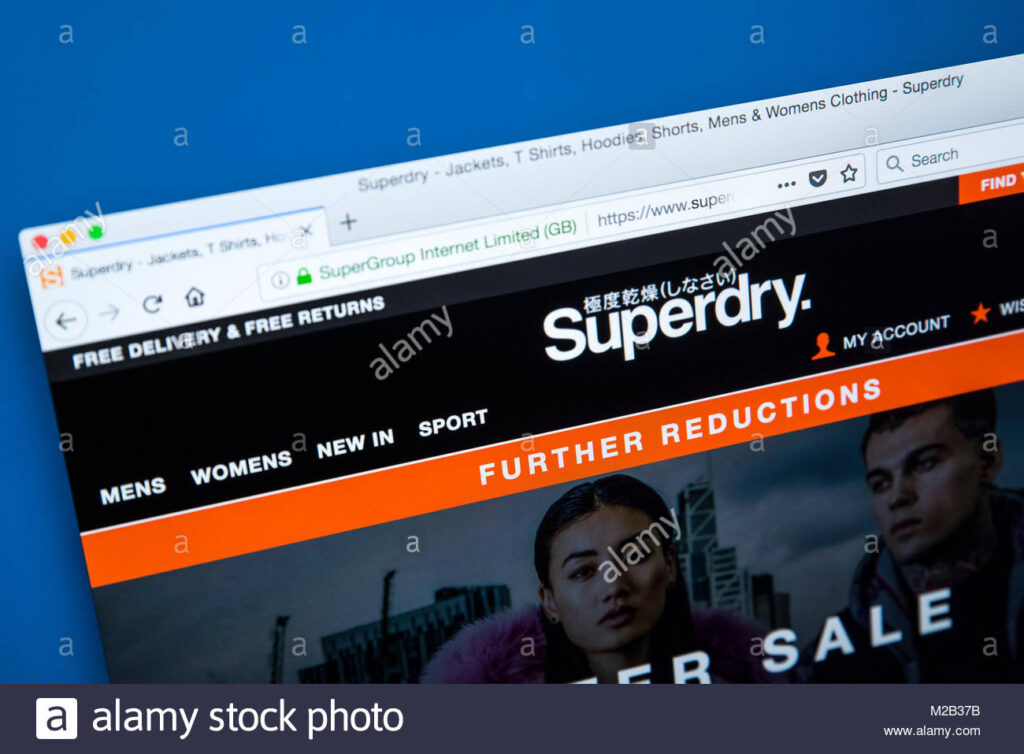

Owned Media
Owned media is any content property that you can control and is unique to your brand.
One of the most common examples is a brochure, website, although blog sites and social media channels are other examples of owned media properties too. Channels like social media and blogs are extensions of your website, and all three are extensions of your brand as a whole. The more owned media you have, the more chances you have to extend your brand presence in the digital sphere.
Paid Media
Paid media is a good way of advertising (paid) to promote content in order to drive earned media, as well as direct traffic to owned media properties.
Paying to promote content can help get the ball rolling and create more exposure. Social Media sites like Facebook, Twitter and LinkedIn offer advertising that could potentially help boost your content as well as your website. Another way to gain more exposure for your content is to pay influencers to rep your products or services, impacting the reach and recognition your pieces receive. Using retargeting, Pay Per Click (PPC) and display ads is an effective and more direct way to drive searchers to your owned media sites like your website, to help increase traffic and/or conversions.
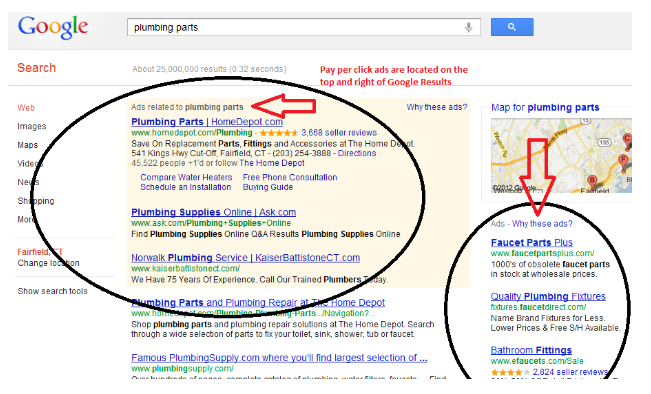
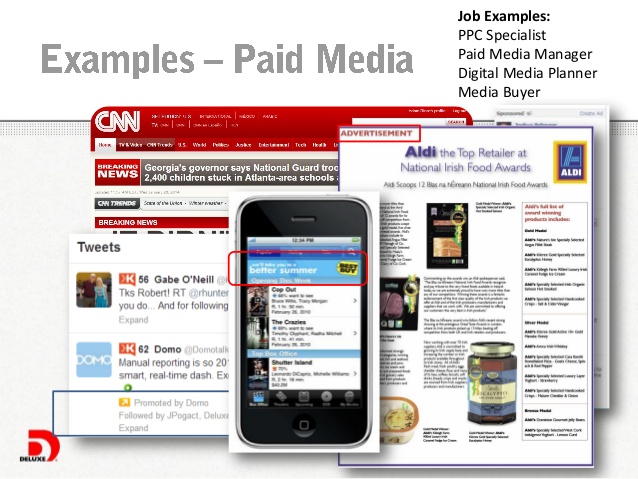

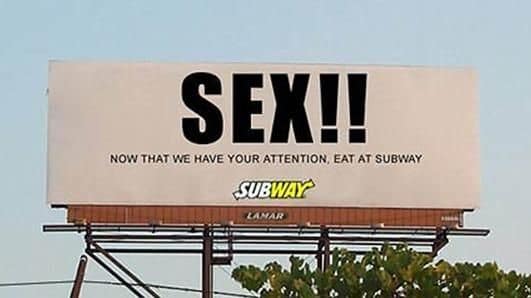
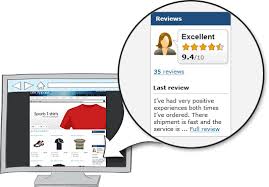

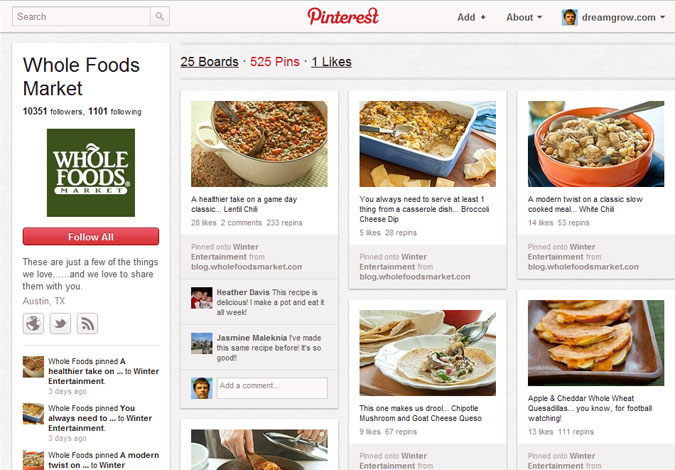


Earned Media
If owned media sites are the destination then earned media is the vehicle that helps people get there.
What good is a website or social media site if no one is seeing or interacting with it? That’s where earned media comes in.
Earned media is essentially online word of mouth, usually seen in the form of ‘viral’ tendencies, mentions, shares, reposts, reviews, recommendations, or content picked up by 3rd party sites. One of the most effective driving forces of earned media is usually a combination of strong organic rankings on the Search Engines, and content distributed by the brand. First page rankings and good content are typically the biggest drivers.
Rankings on the first page of the search engines place your owned media sites and content links in a position to receive higher engagement and shares, which is why a good Search Engine strategy is crucial.
When it comes to brand content, interesting, informative content can come in all shapes and sizes. Whether it be a blog, info-graphic, video, press release, webinar or e-book, the bottom line is that the content has to be worthwhile in order to receive the value of earned media; which is why a great content strategy is also important.
Summary: Paid, Earned. Owned Media
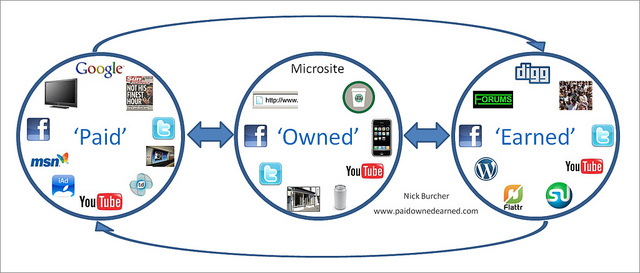
All three elements, owned, earned and paid are important to a media strategy. It’s up to you to evaluate these three themes and decide where to allocate your resources to make the most sense for your brand.
- Owned media sites are an extension of your brand and create additional avenues for people to interact with your brand. When it comes to owned media, as long as you can keep up with the maintenance, the more the merrier.
- Earned media is the equivalent of online word of mouth and is the vehicle that drives traffic, engagement and sentiment around a brand. While there are different ways a brand can garner earned media, good SEO and content strategies are the most controlled and effective.
- Paid media is a great way to promote content in order to generate more earned media and can also be used to drive traffic directly to your owned media properties.
While each element has its own role, using all three together will make your digital media strategy that much more effective
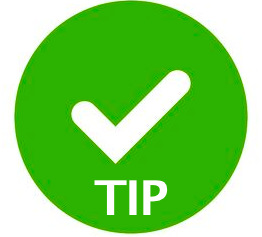
And remember! Content that is not relevent for your target audience and content that is not available at the location where your target audience expect it HAS ZERO VALUE!!
